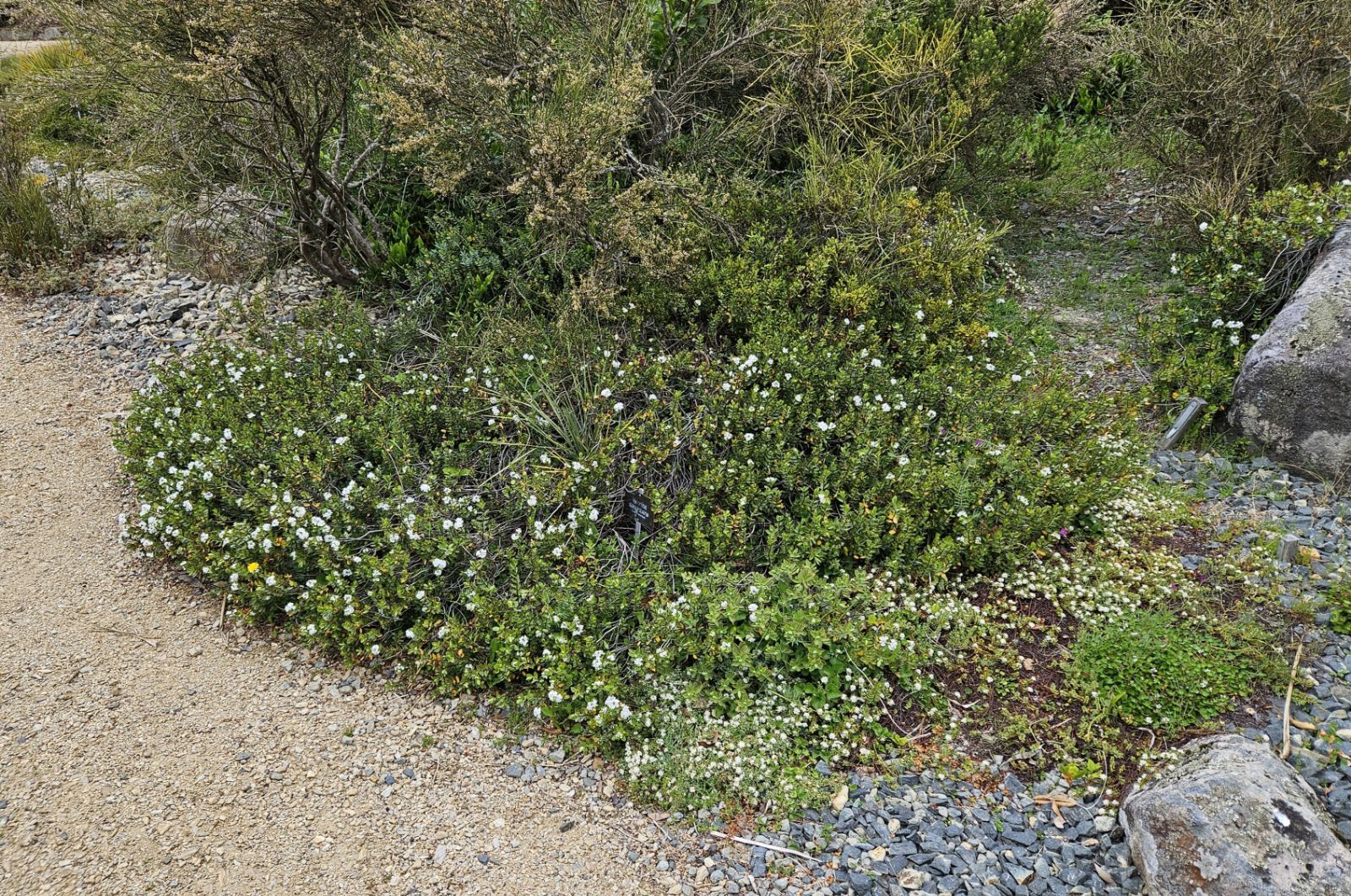Hebe decumbens
Credits
Article from Bean's Trees and Shrubs Hardy in the British Isles
Recommended citation
'Hebe decumbens' from the website Trees and Shrubs Online (treesandshrubsonline.
Genus
Synonyms
- Veronica decumbens J. B. Armstr.
Other taxa in genus
- Hebe amplexicaulis
- Hebe anomala
- Hebe armstrongii
- Hebe brachysiphon
- Hebe buchananii
- Hebe buxifolia
- Hebe canterburiensis
- Hebe carnosula
- Hebe chathamica
- Hebe colensoi
- Hebe cupressoides
- Hebe dieffenbachii
- Hebe diosmifolia
- Hebe elliptica
- Hebe epacridea
- Hebe × franciscana
- Hebe gibbsii
- Hebe gigantea
- Hebe glaucophylla
- Hebe gracillima
- Hebe hectoris
- Hebe hulkeana
- Hebe leiophylla
- Hebe ligustrifolia
- Hebe loganioides
- Hebe lycopodioides
- Hebe macrantha
- Hebe macrocarpa
- Hebe matthewsii
- Hebe ochracea
- Hebe parviflora
- Hebe pimeleoides
- Hebe pinguifolia
- Hebe propinqua
- Hebe rakaiensis
- Hebe recurva
- Hebe rigidula
- Hebe salicifolia
- Hebe speciosa
- Hebe stricta
- Hebe tetrasticha
An evergreen decumbent plant 1 to 3 ft high, with purplish black shoots that have two opposite vertical strips of down proceeding upwards from each pair of leaf-axils. Leaves usually closely set on the branches, mostly oval or inclined to oblong or obovate, 1⁄3 to 3⁄4 in. long, about half as much wide, of thick, rather fleshy texture, quite glabrous, dark green, red on the margins. Flowers densely packed in two or four racemes near the end of the shoot, each 1⁄2 to 3⁄4 in. long; main flower-stalk downy; bracts and flower-stalks very short. Corolla white, 1⁄4 in. wide, four-lobed, lobes oblong and blunt, the tube twice as long as the calyx; calyx-lobes edged with minute down.
Native of the South Island of New Zealand, up to 4,500 ft. Cheeseman, the New Zealand botanist, described it as a very beautiful plant well distinguished from its allies by the polished purplish black young shoots, red margins to the leaves, shortly stalked flowers and long corolla-tube. It is one of the hardiest species and flowers during July and August.

